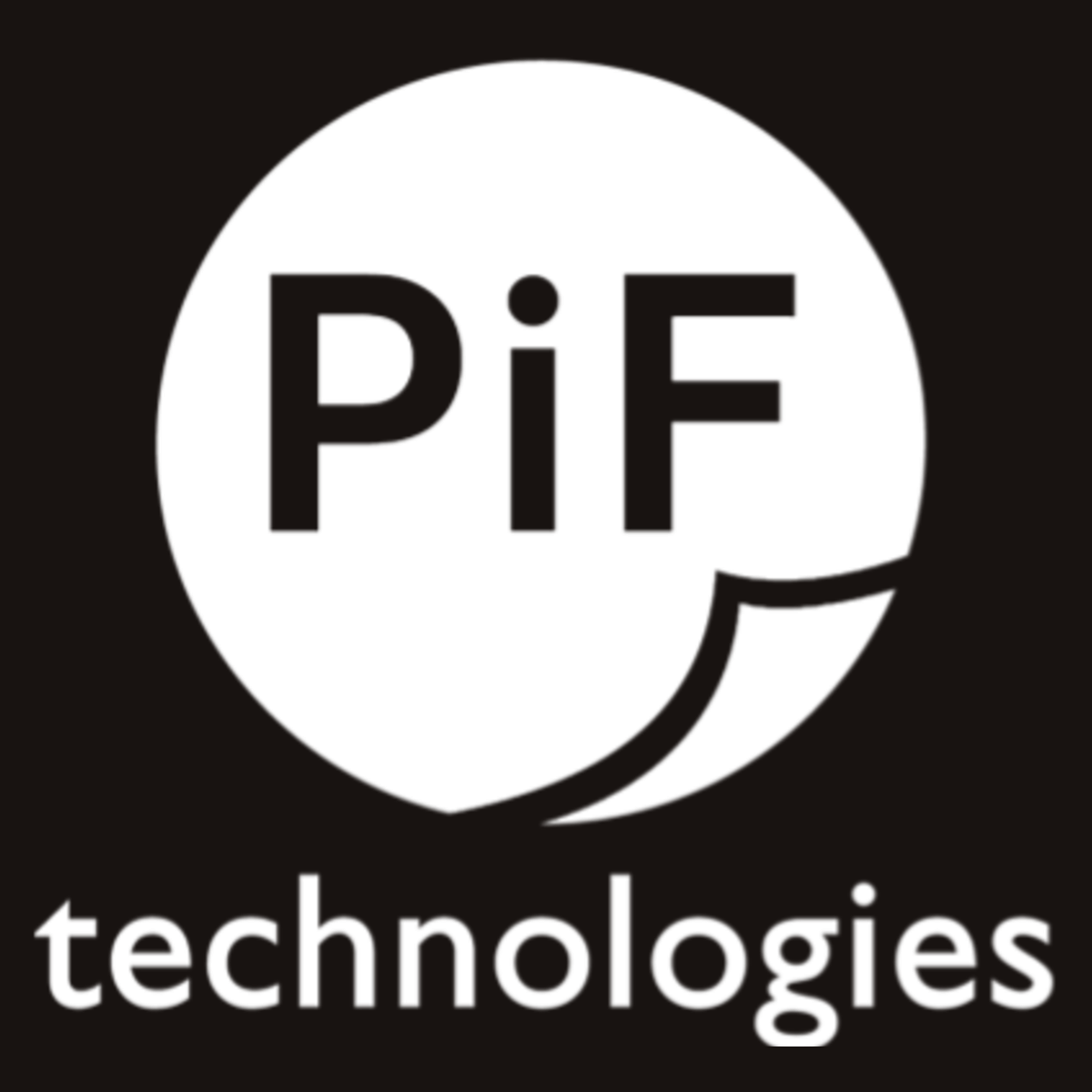The right ECM strategy keeps data secure while eliminating the cost burden.
Think back to the dark ages (before the 90s, of course) when the best way to share a file and collaborate was FedEx – or if you were lucky enough to live in a city that had them – bike messenger. If you had a document that needed review, edit, approval, signature – whatever the status, you knew the best (and only) way to make sure the information was secure was to send it on foot, wings or wheels.
Collaboration and sharing files was a much more Herculean task. Technology now ensures we can get information faster, work smarter and stay connected wherever we are. The proliferation of popular cloud file-sharing services and corporate enterprise content management (ECM) systems have made it so.
But what is the best way to share all of this data – particularly when more and more employees are accessing work on their personal mobile devices (BYOD)? And how do businesses ensure their information is protected, secure and compliant? How do you grow your capacity to share documents without spending a lot on a large, expensive systems and without risking protection of your data?
Smartphones, tablets and laptops will drive about 94 percent of mobile traffic in five years. Cisco
Be Proactive
The first answer is obvious – create a BYOD strategy that determines how employees manage and share company data. A sound BYOD strategy includes everything from password requirements and device registering to information sharing and manipulation. This includes all types of content including e-mail. Your data is your company’s greatest asset. Without a BYOD plan – you are at risk.
In a recent survey published by PCWorld, half of US employees report storing work-related data on their personal mobile device(s)—even when there is no BYOD policy…and almost 40 percent of respondents have nothing in place to prevent unauthorized access to their mobile device. When there is no effective data management tool in place for controlling access, businesses leave themselves open to compliance and security risks.
That information, or content – whether it is financial reporting, contracts, invoices, purchase orders, presentations or pitches – requires tight protection controls as well as the flexibility to help your employees achieve their goals.
BYOD drives innovation for CIOs and the business by increasing the number of mobile application users in the workforce. Rolling out applications throughout the workforce presents myriad new opportunities beyond traditional mobile email and communications. Gartner
Consider Your ECM Options
Let’s face it. People want to work wherever they are and access the data they need anytime, anywhere. We have come a long way from bike messengers – and who knows where we will be even 5 years from now. Businesses need to consider the amount of information they will acquire and generate over the next 5 – 10 years, where that information will live, how it will be stored, shared and secured.
There are many consumer file-sharing applications available today that are helpful when it comes to collaboration across geographically diverse locations – and more and more employees across multiple industries are using them to get their work done.
But what may seem like a quick and easy solution now may not be helpful down the road. Many of these platforms don’t offer the data protection and security that organizations need. File-sharing systems can cause even more headaches when employees are using more than one system to share information. It becomes a maze of inefficiency.
In the long run, you may not even know where content resides, who has access to it and whether it is the most recent version. And what about other departments and areas of your business? Can they all utilize the same platform? Addressing your content management needs now – and five years from now, is critical to getting a handle on where your data resides, who can access it and how much capacity you may need for the long run.
To handle large volumes of documents, many enterprise level organizations invest in on premise data centers for ECM and other business critical software. The redundancy, protection and security they offer, makes them a good choice for larger companies or those with high security needs.
So those are two choices. But the cost delta between traditional on premise ECM systems and cloud file-sharing is quite significant and larger as in-house systems can be cost-prohibitive to smaller companies.
So what about companies who need large company ECM functionality with the nimbleness of the cloud – without all the expense?
Move to the Cloud
Cloud based ECM combines the security and capacity of an enterprise on premises ECM solution with the flexibility and convenience of cloud file-sharing.
With any ECM, tracking and workflow features ensure data is protected regardless of the device. Ensuring compliance becomes much easier when any time a file is accessed, edited or shared, it is automatically tracked. There are security features to password protect any level of access to files, and the information is readily available to those who need it.
Cloud ECM also offers convenience and cost savings – built for the web and accessed via a hosted service on any device. The best of both worlds. Minimal upfront investment and no maintenance, yet utilizing the security and redundancy of a disaster-proof data center. Legacy information can also be scanned into your ECM making old files electronic and searchable. Everyone has access to the same information, across departments and geographic locations.
By eliminating the guess work of where a file resides, who had it last, what changes were made and where it is destined to go next, you create not only workflow efficiencies, but a data repository of your businesses knowledge base that can scale as your needs change.
For your BYOD strategy moving forward, you might start with basic cloud file sharing and then migrate to ECM as your needs arise. ECM is a flexible, scalable solution for both today – and tomorrow.








